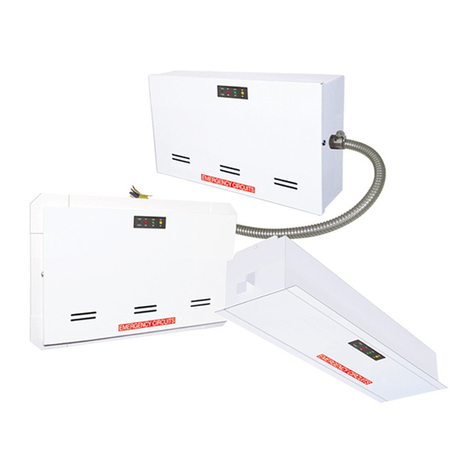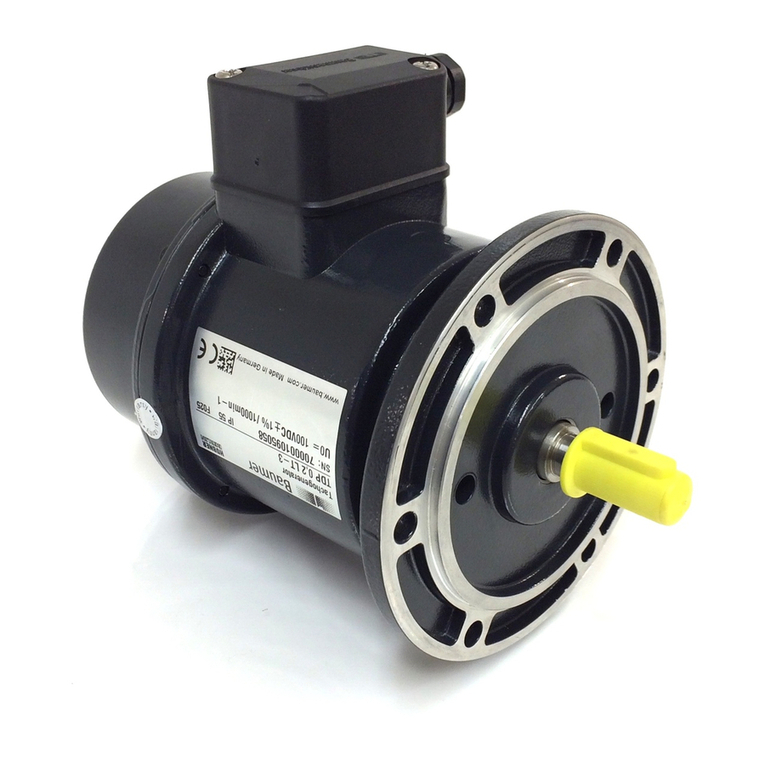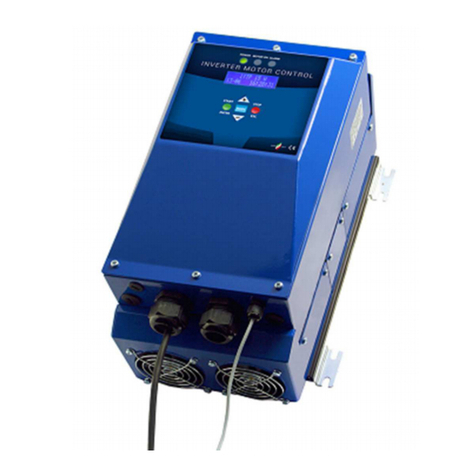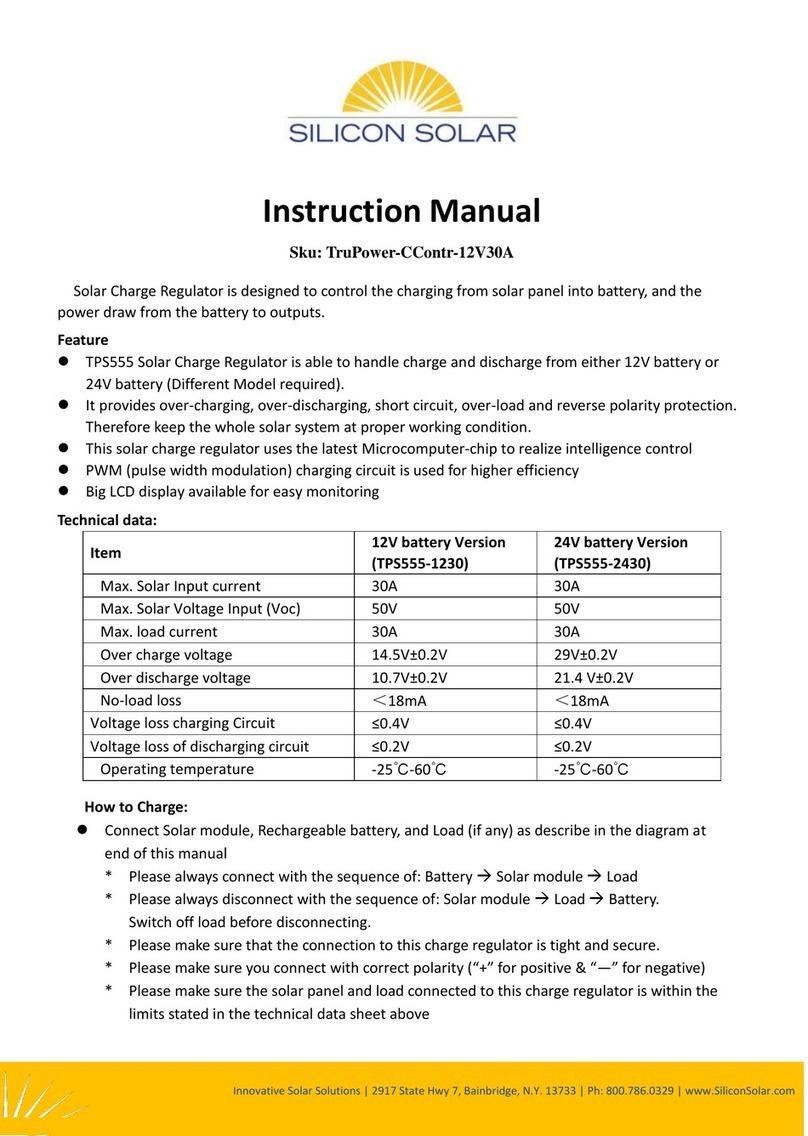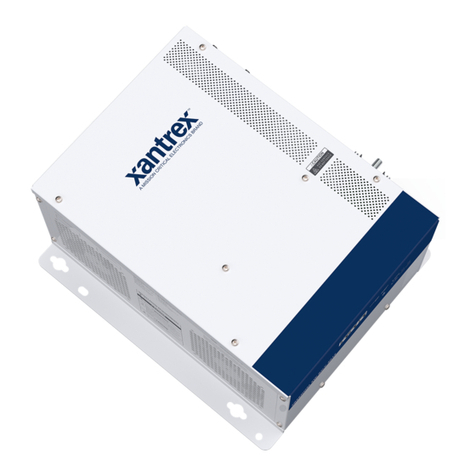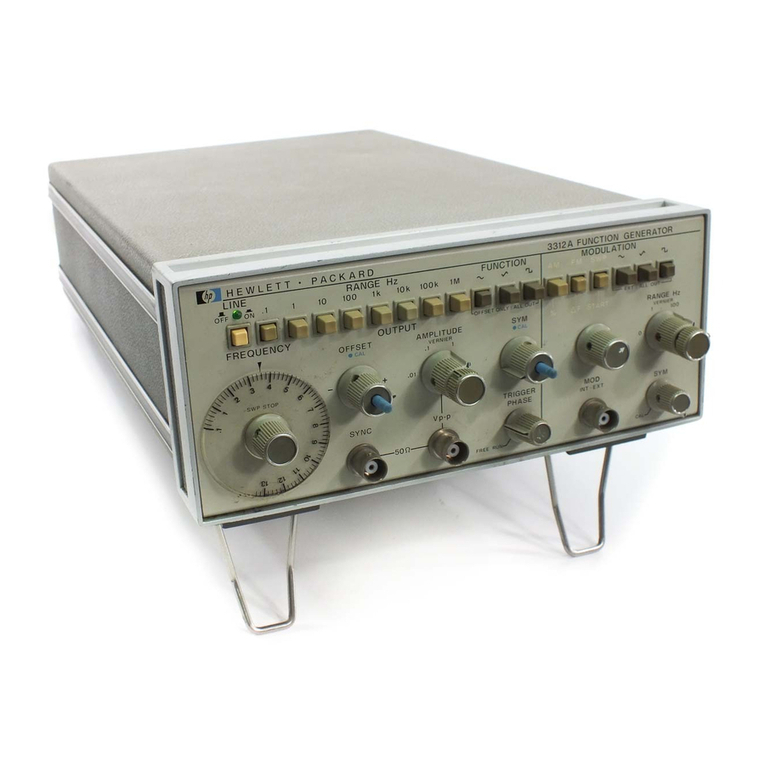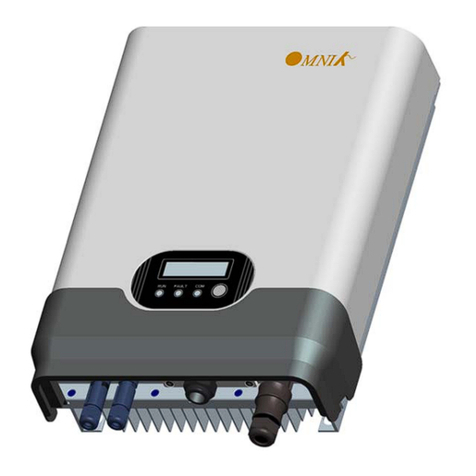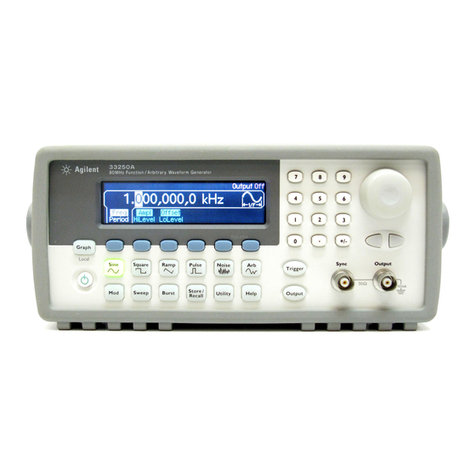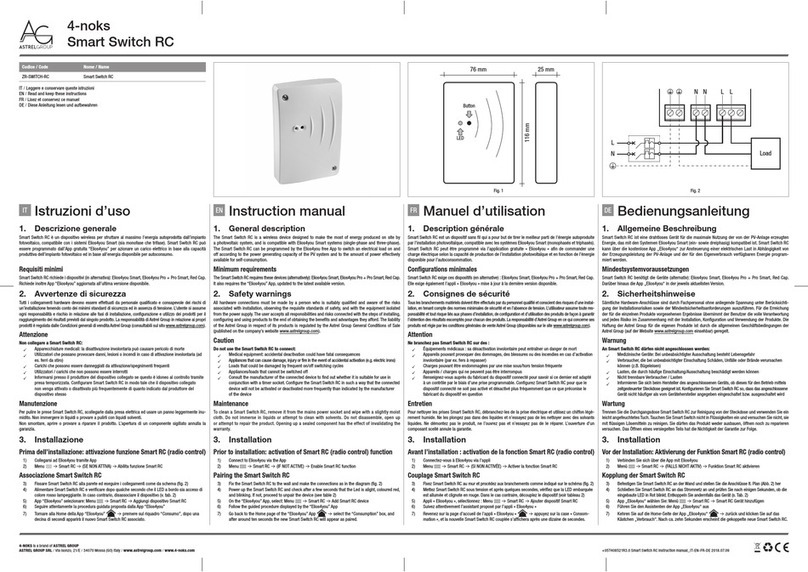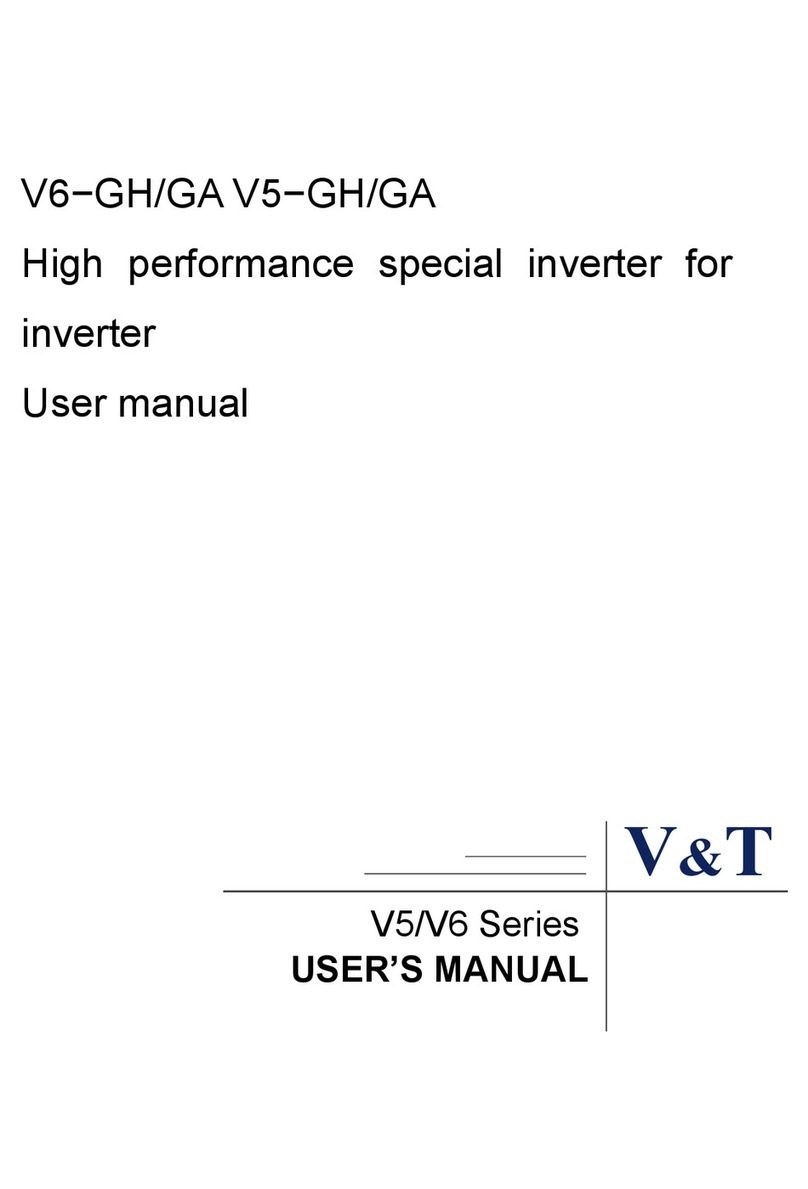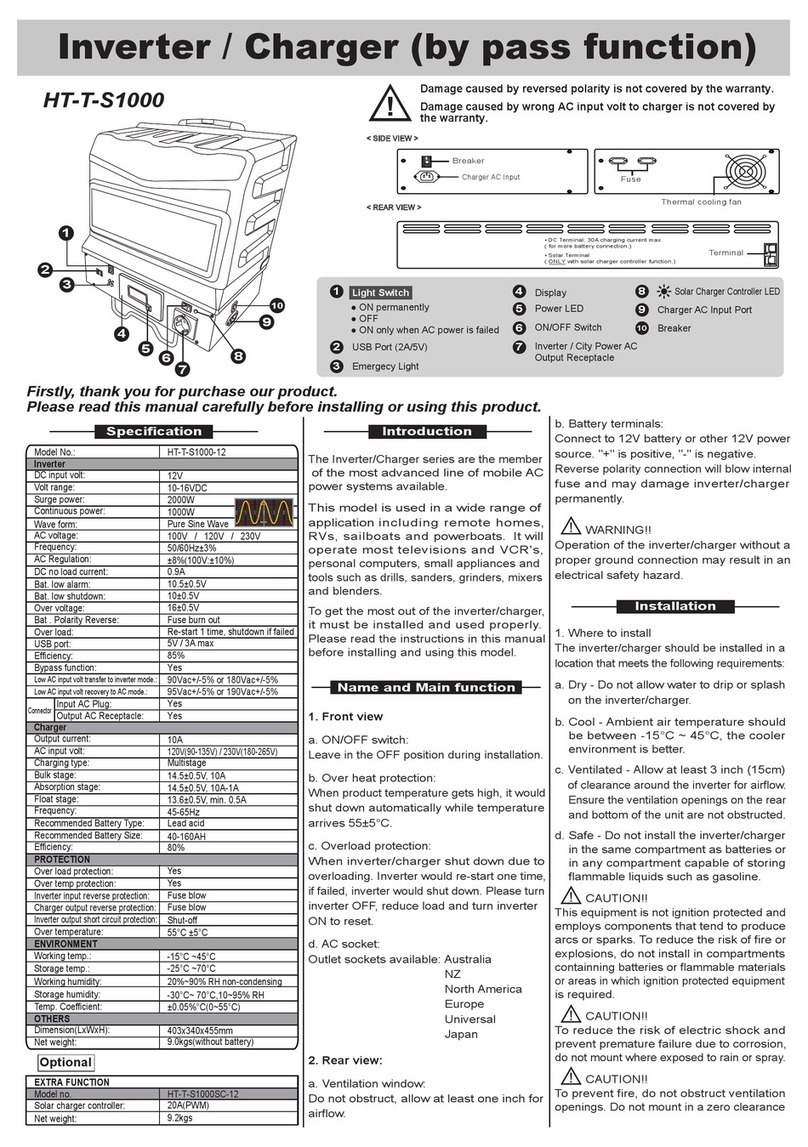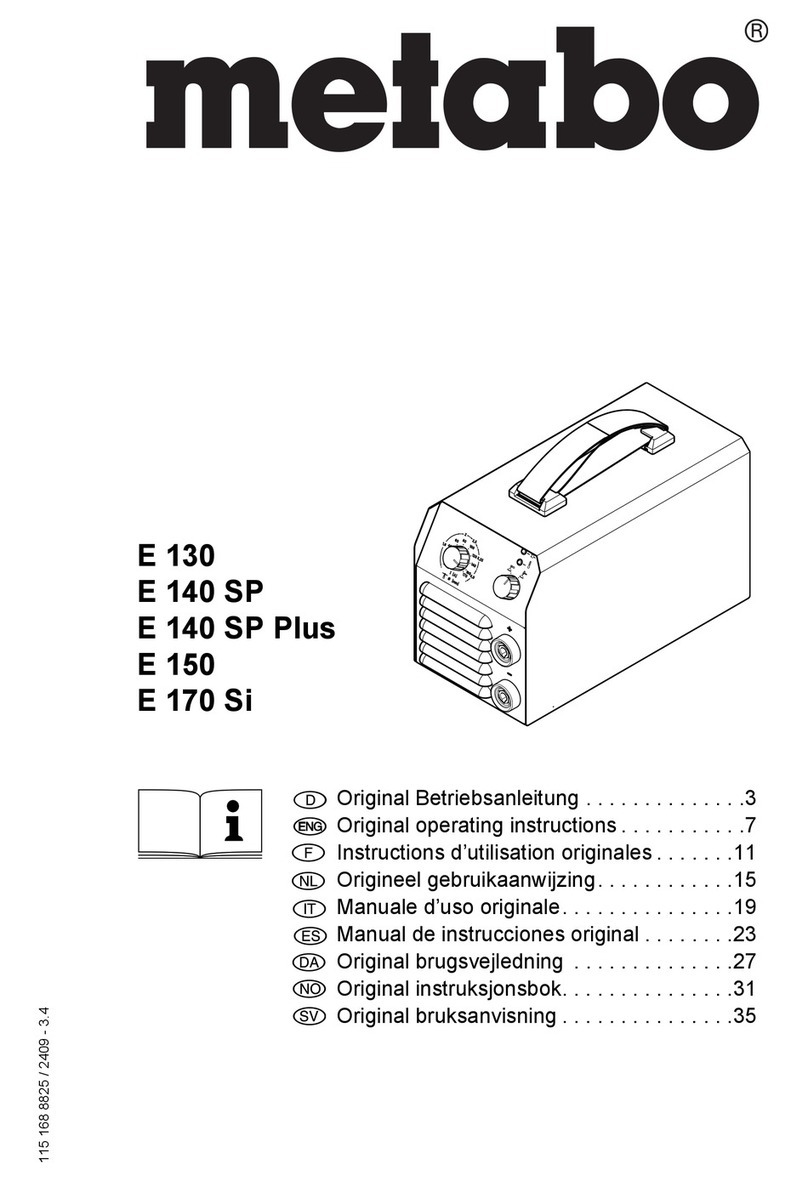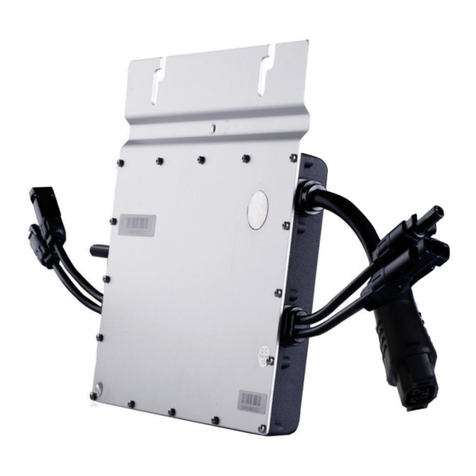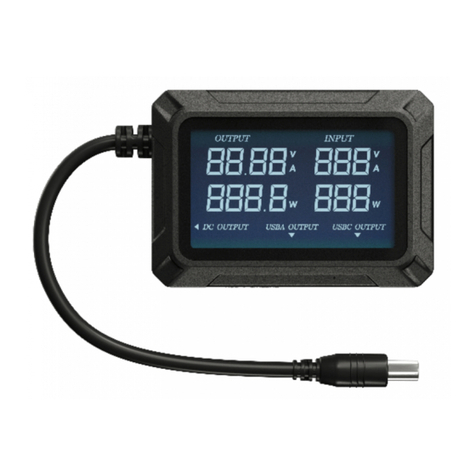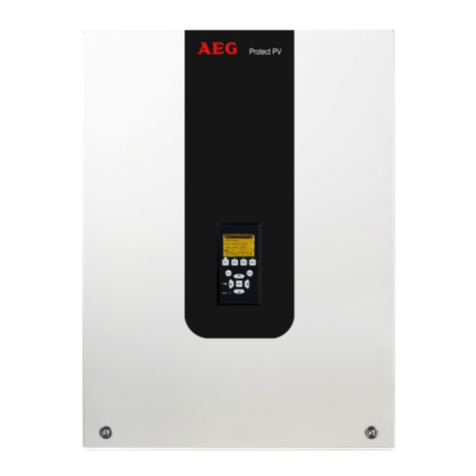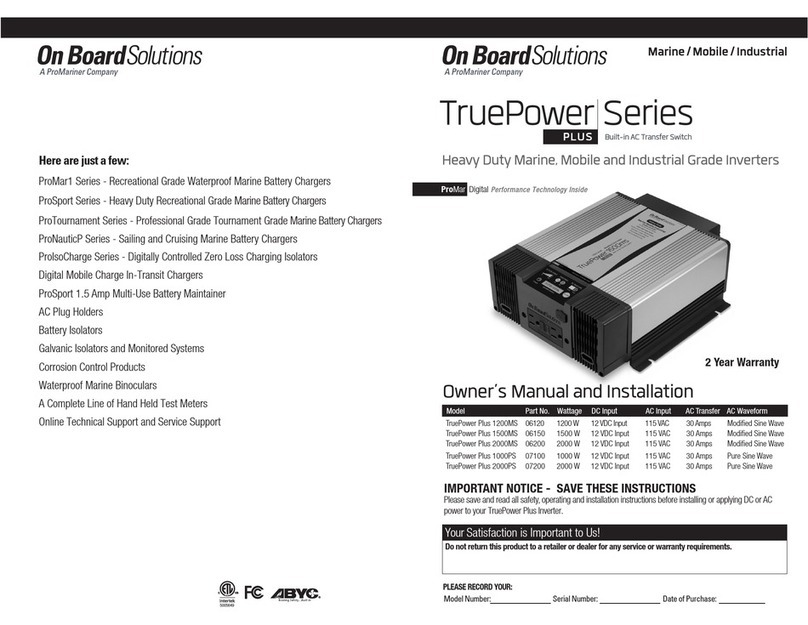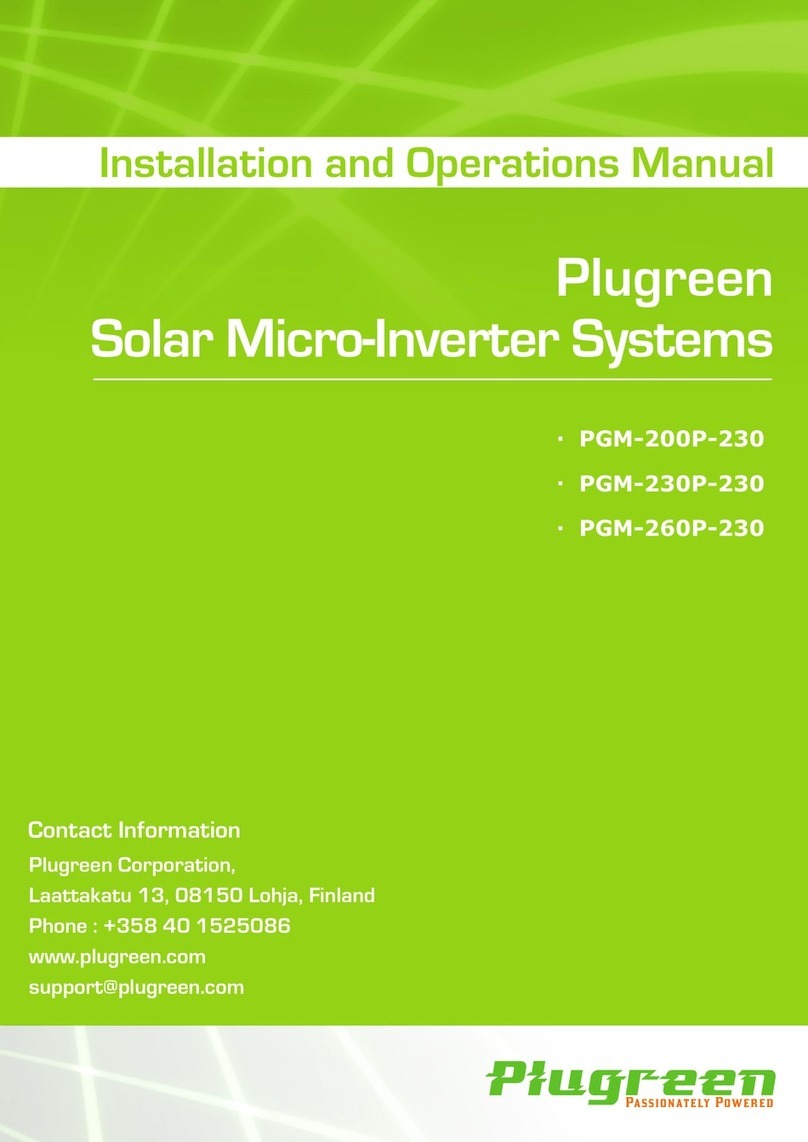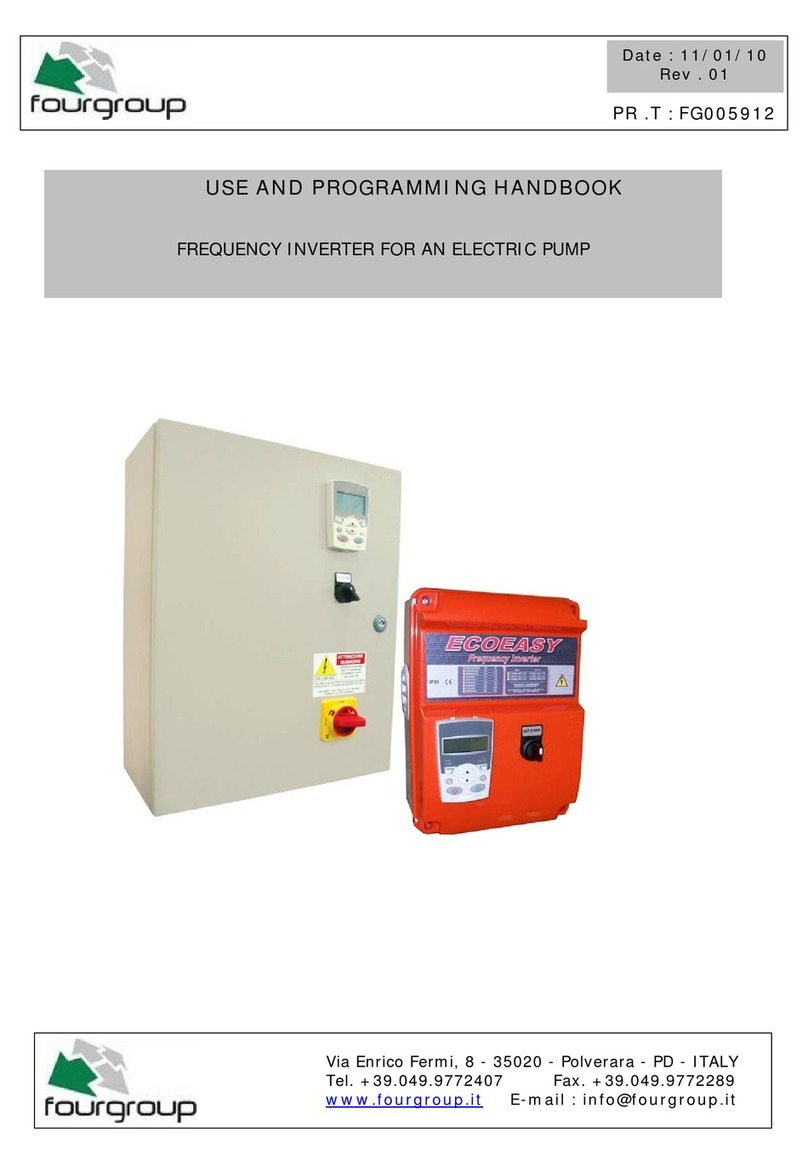Introduction
CGS-240 Manual 6/15/2021
Page 4 of 148
INTRODUCTION
The RH Systems CGS-240 Humidity Generator is a system capable of continuous, high-accuracy humidity
generation over a wide range of humidity, temperature, and flow rates. The CGS-240 design is an RHS hybrid two-
pressure two-temperature system based on the fundamental two-pressure principle originally developed by NIST.
The basis of this principle and its original development are discussed below.
1.1 BACKGROUND OF HUMIDITY GENERATION
In 1948 at the U.S. National Bureau of Standards (now the National Institute of Standards and Technology), E.R.
Weaver and R. Riley developed a “pressure method” for the generation and control of humidity. Their method,
termed the two-pressure principle, was derived from measurements of temperature and pressure rather than
requiring measurements of water vapor.
Using their technique, air or some other gas was saturated with water vapor at high pressure and then expanded
to a lower pressure. When saturation and expansion were performed under constant-temperature conditions, the
resulting relative humidity of the gas was simply the ratio of the lower pressure to the higher pressure (or at least
very nearly).
Their equipment was designed for low rates of gas flow and was used under ambient temperature conditions.
Their saturator was a small cylinder containing water and filled with fragments of pumice or stream-washed gravel
through which the gas could be bubbled under pressure. This device was developed primarily for the calibration of
electrically conductive hygroscopic films used in the measurement of water vapor in gases.
In 1951, also at the National Bureau of Standards, the two-pressure principle was the foundation on which A.
Wexler and R.D. Daniels developed a new “pressure–humidity apparatus” with higher air-flow capability. Another
significant improvement was the incorporation of temperature control. Developed primarily for hygrometer
research and calibration, it was capable of producing atmospheres of known relative humidity from 10 %RH to 98
%RH over a fairly wide temperature range –40°C to +40 °C.
Wexler also designed and constructed a low-humidity generator based on a method termed the two-temperature
principle. With the two-temperature principle, a stream of air or other gas is saturated with water vapor at a given
temperature; then its temperature is raised to a specified higher value.
1.2 SCOPE
The CGS-240 Humidity Generator is a portable, self-contained system which produces stable atmospheres of
known humidity and temperature using the two-temperature, two-pressure saturated vapor stream principle. Its
capability and intended purpose is to provide accurate humidity and temperature for the calibration of humidity
sensors, hygrothermographs, chilled mirror hygrometers, and other environmental measuring devices.
